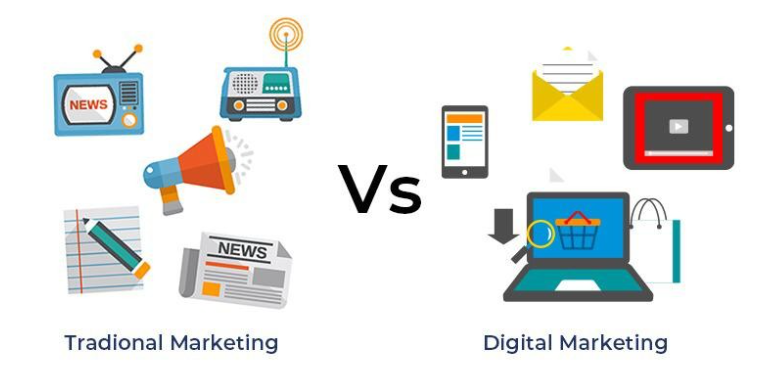Digital Banking vs. Traditional Banking: Which Works Best for Businesses?
Banking is the backbone of every business. Whether it’s managing cash flow, paying employees, or securing loans, the type of bank you choose can make or break your operations. With the rise of digital banking, business owners today face an important decision: stick with a traditional bank or embrace the convenience of an online-first solution.
Let’s break down both options so you can decide which one works best for your business.
What Is Traditional Banking?
Traditional banks are the brick-and-mortar institutions we’ve known for decades. They offer:
-
Physical branches for in-person service.
-
A wide range of financial products (loans, credit lines, checking accounts).
-
Established reputations and regulatory oversight.
For businesses, traditional banks often provide a sense of trust and personal relationships with bankers who understand local markets.
What Is Digital Banking?
Digital banks (also called neobanks or online-only banks) operate primarily through apps or websites. They offer:
-
Online checking and savings accounts.
-
Seamless mobile experiences.
-
Lower fees compared to traditional banks.
-
Fast digital onboarding with fewer requirements.
Many digital banks are designed specifically for entrepreneurs, freelancers, and small businesses that prefer speed and flexibility.
Pros & Cons of Traditional Banking
Pros:
-
Face-to-face support for complex issues.
-
Access to more financial products, including large business loans.
-
Strong reputation and regulatory protection.
Cons:
-
Higher fees and account maintenance charges.
-
Limited flexibility with hours (branch-dependent).
-
Slower processes for things like account opening or loan approval.
Pros & Cons of Digital Banking
Pros:
-
Low (or no) fees for accounts and transfers.
-
24/7 access from anywhere via apps.
-
Faster setup, perfect for startups and remote businesses.
-
Innovative tools (integrations with accounting software, expense tracking, instant payments).
Cons:
-
No physical branches for in-person help.
-
Limited lending options compared to traditional banks.
-
Some newer banks may lack the trust and history of established institutions.
Which Works Best for Businesses?
The answer depends on your needs:
-
Choose Traditional Banking if:
-
You need large business loans or lines of credit.
-
You prefer in-person service and long-term banking relationships.
-
You operate in industries where traditional banks still hold sway (like construction or manufacturing).
-
-
Choose Digital Banking if:
-
You’re a startup, freelancer, or e-commerce business.
-
You want fast, low-cost, and mobile-first banking.
-
You value modern features like real-time expense tracking and app integrations.
-
The Hybrid Approach
Many entrepreneurs are finding success in combining both. For example, you could use a digital bank for day-to-day transactions and expense management while keeping a traditional bank relationship for access to credit and complex financial products.
Final Thoughts
Banking is no longer a one-size-fits-all decision. Traditional banks offer trust and financing power, while digital banks bring speed, affordability, and innovation. The smartest move is to evaluate your business needs, growth plans, and preferred way of managing money—then choose (or combine) the option that best supports your vision.
In today’s world, the best bank isn’t just the one with the biggest vault—it’s the one that empowers your business to grow.


